I have been a Linux user for years now, starting my journey all the way back when I was 13 with Ubuntu. While I am perfectly comfortable with Linux, whenever I've made my friends and family try out any distribution, they always go back to Windows or macOS. I started to wonder why Linux doesn't stick, especially for people who aren't very tech-savvy.
There are several issues that most average users will hit within the first week, and they’re exactly why Linux still hasn’t managed to break into the mainstream desktop space.
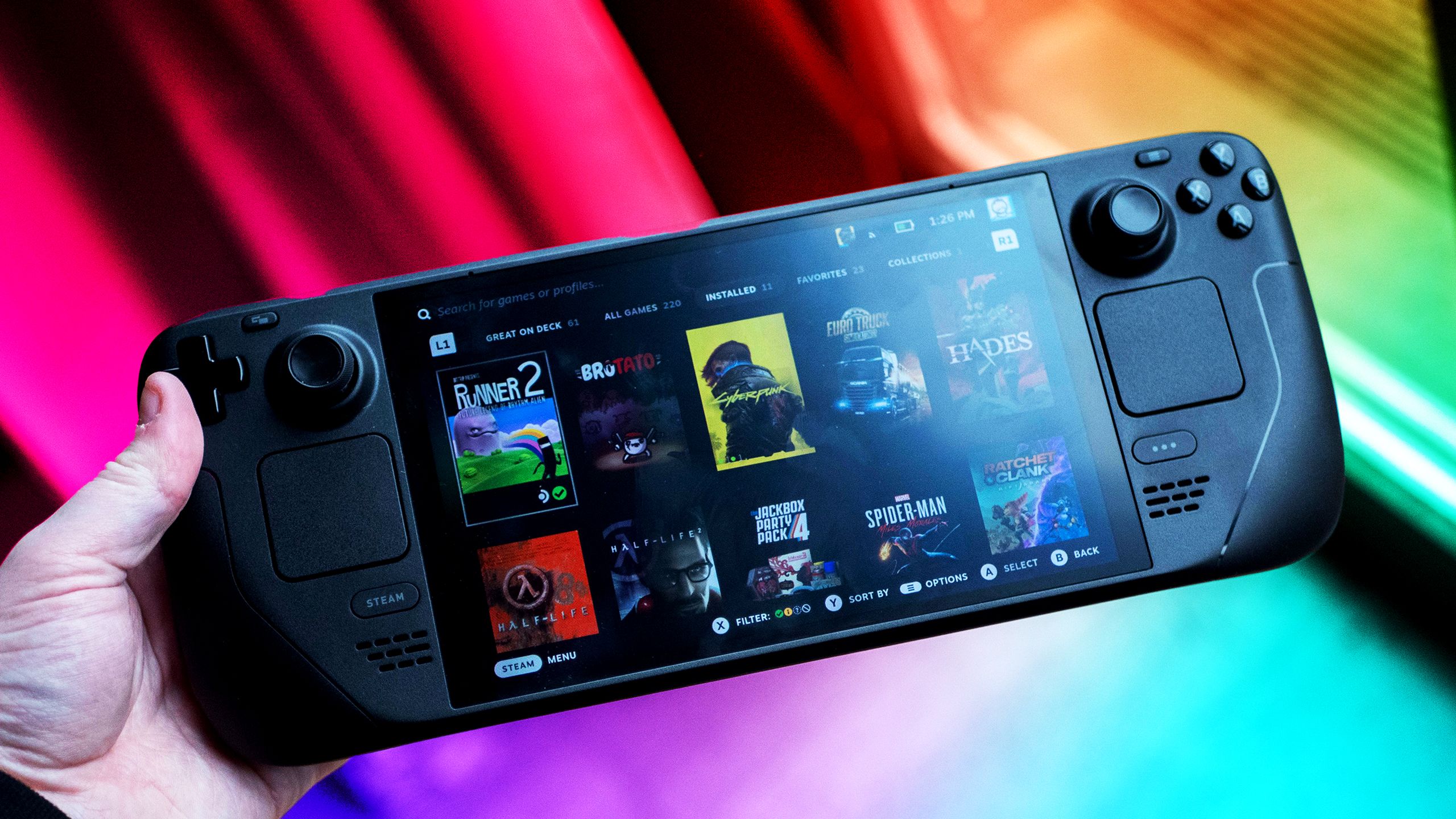
Related
These 7 Linux myths you still believe simply aren't true
Linux is a completely different beast than it was a decade ago.
4 The Linux ecosystem is too fragmented
Too many distros, desktops, and decisions
For someone who enjoys tinkering with tech, I actually see this as one of Linux's biggest strengths. The freedom to pick and choose every little thing, from the desktop environment to the package manager, is part of what makes Linux fun. But for someone who doesn't care about any of that and just wants to open an app and get their work done, it's an absolute nightmare. The average user isn’t looking to customize their computer endlessly. They want something that just works.
There are so many distributions, desktop environments, and package managers that when you run into an issue and try to look it up on Google, you’ll often end up finding a guide meant for a completely different setup. If you're not already familiar with the ecosystem, it's easy to get lost. Most people can’t tell the difference between Pacman, Flatpak, Snap, or APT, and honestly, they shouldn’t have to.
This problem is a double-edged sword. The variety and flexibility are what make Linux special, but the lack of any kind of standard defaults keeps it confusing for new users and often completely breaks the entire OS. One of the best solutions I've seen to this problem comes from Valve. SteamOS uses a read-only file system, which makes it much harder for users to accidentally break something. If beginner-friendly distros offered a simple toggle for this, it could go a long way in preventing issues.
3 Hardware support is still inconsistent
Things just don’t work out of the box sometimes
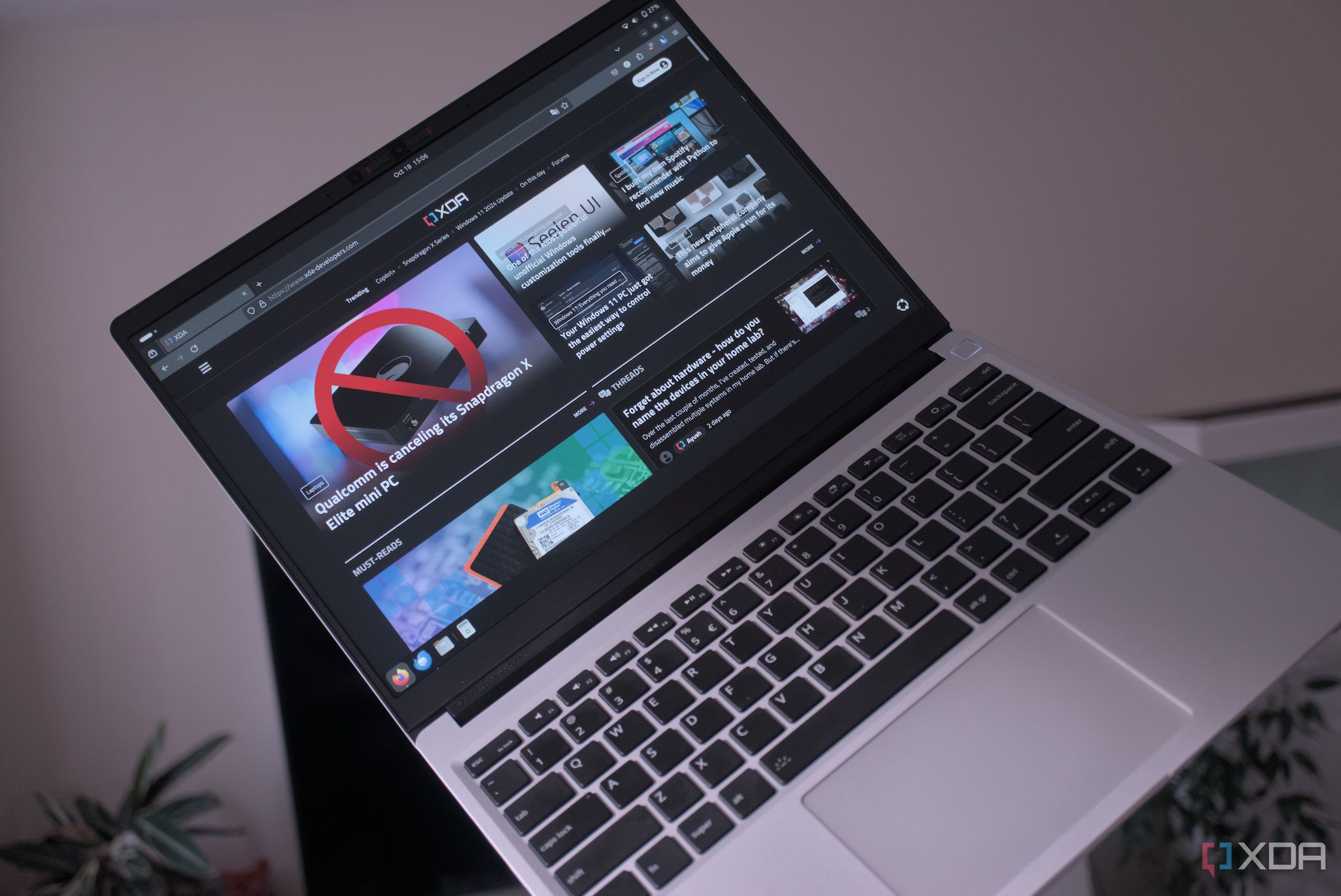
Most people assume I’d complain about Nvidia drivers when talking about hardware issues with Linux, but honestly, a lot of distros get that right these days and work fine out of the box. The real problem, in my opinion, is the smaller stuff that ends up bothering you over time.
Fingerprint readers, for example, are hit-or-miss. You might get lucky and have one that works right away, or you might end up having to run a few commands in the terminal to get it working. Printers are another common headache. They usually don’t work until you manually install drivers or tweak a few settings. While that’s totally doable, most people wouldn’t feel comfortable entering commands in a terminal window, which I have had to do with every Linux install I have done over the years.
Another great example is my previous laptop, which had a pretty standard Western Digital M.2 SSD. For some reason, no Linux distribution would boot on that drive unless I added a specific boot argument in GRUB. Even as someone who has used Linux a lot, it still took me a lot of digging to figure out what the issue was. Most people I know would’ve just gone back to Windows the moment something like that happened.
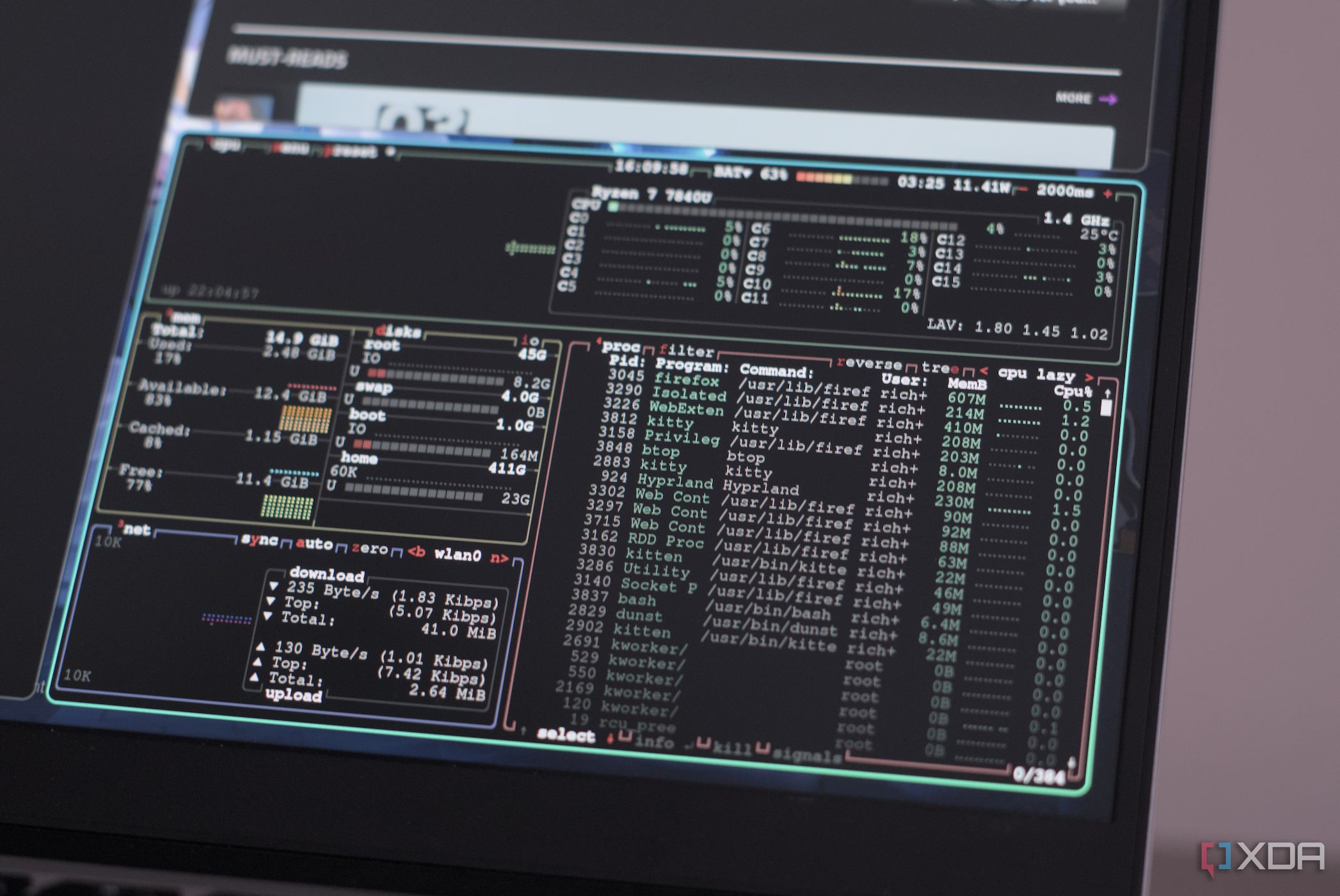
Related
These 5 Linux distributions are the worst for beginners
There are tons of Linux distributions, but some of them just aren't suitable for beginners
2 Software compatibility is a mixed bag
You can get a lot done, until you can’t
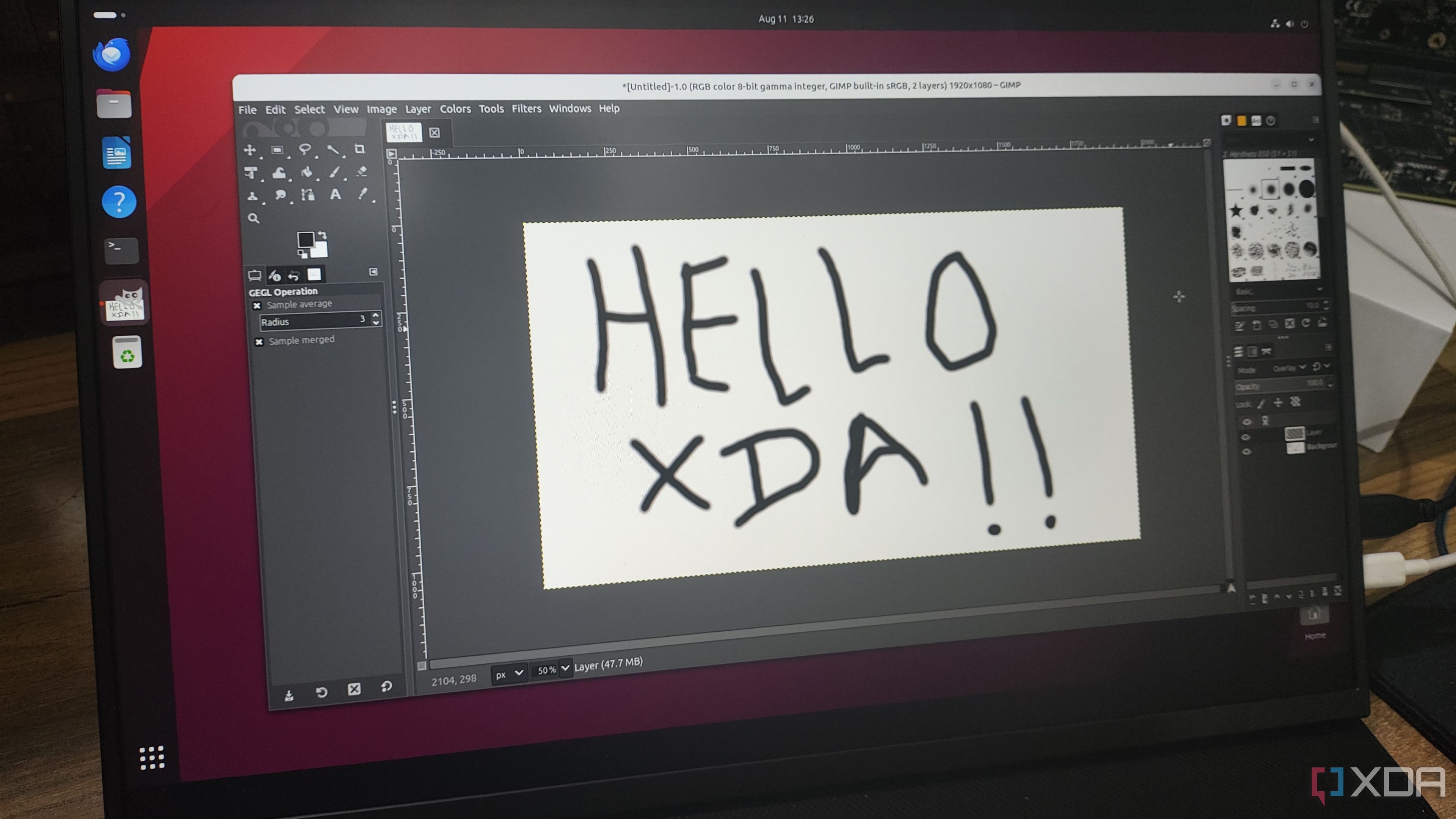
Compatibility layers have come a long way in Linux. You can even play most Windows games on Linux using Proton, and in many cases, the performance is surprisingly good. But while it's incredibly impressive how far things have come, there's still a long way to go.
Don't get me wrong; Linux doesn’t have a shortage of software. There are great alternatives for most things, whether it’s productivity tools, video editing software, or DAWs. But the real challenge is getting people to actually switch. It's not about whether alternatives exist but whether people are willing to change how they work.
A great example of this is my dad, who uses Microsoft Excel extensively. I've made him try LibreOffice and Google Sheets more than once, but he just can't make the switch. And it's not because the alternatives are bad. It's because he's used to a specific workflow and doesn’t want to relearn anything, which is completely fair. That’s the unfortunate truth about software on Linux. The alternatives might be good enough on paper, but most people would rather have their apps ported over exactly how they are than adjust to something new.
1 DRM-protected content is still hit or miss
Want to watch Netflix in 1080p? Good luck with that
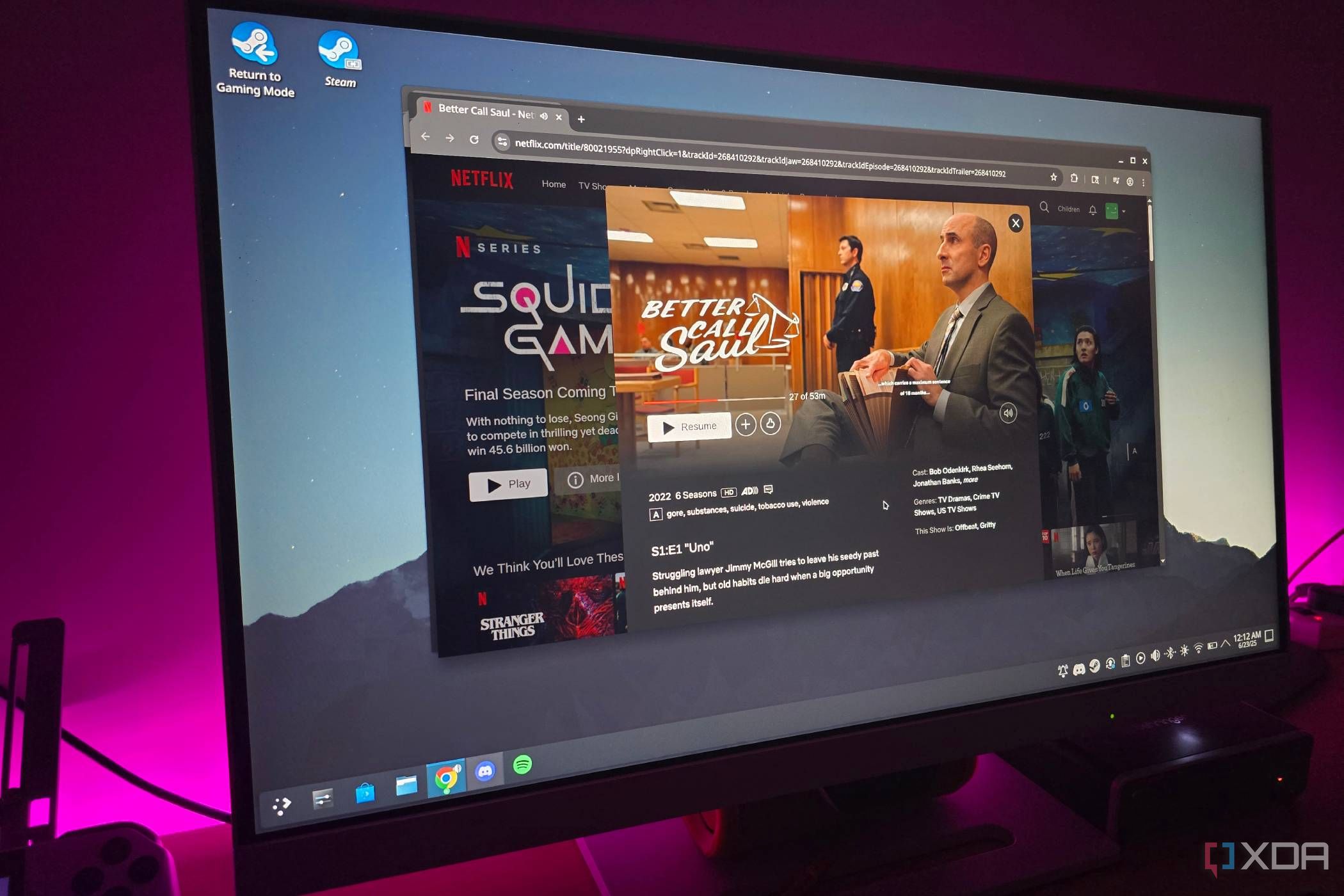
DRM-protected content is another one of those things that still feels like a gamble on Linux. Most streaming services like Netflix, Prime Video, and Disney+ rely on Widevine DRM. While it technically works on Linux, it's usually limited to lower-quality playback unless you jump through hoops.
Most of the time, you're restricted to 720p at best, and getting 1080p working is a hassle since it doesn't work out of the box on most distros. Even if you visit Netflix’s own support page, you’ll notice that it only officially supports Opera for full HD playback on Linux
For most people I've tried to switch over, this is a complete deal breaker. Media consumption is a huge part of how people use their computers, and when the most common platforms for watching content don't work properly, the conversation about switching to Linux is pretty much over.
I love Linux, but I still can’t convince anyone else to love it
I personally prefer Linux to Windows, and I even recently switched to SteamOS on my Asus ROG Ally. Overall, it’s been a great experience, but that’s only because I have the technical know-how to deal with any issues that come up and fix them fairly quickly. I enjoy the flexibility and customizability that Linux offers, but I also know how to deal with its quirks.
For someone who doesn’t know much about computers or just doesn’t care to dig that deep, Linux simply doesn’t stick. And honestly, that’s what pains me the most. As much as I want to believe in the “year of the Linux desktop,” I just don’t see it happening anytime soon.
.png)
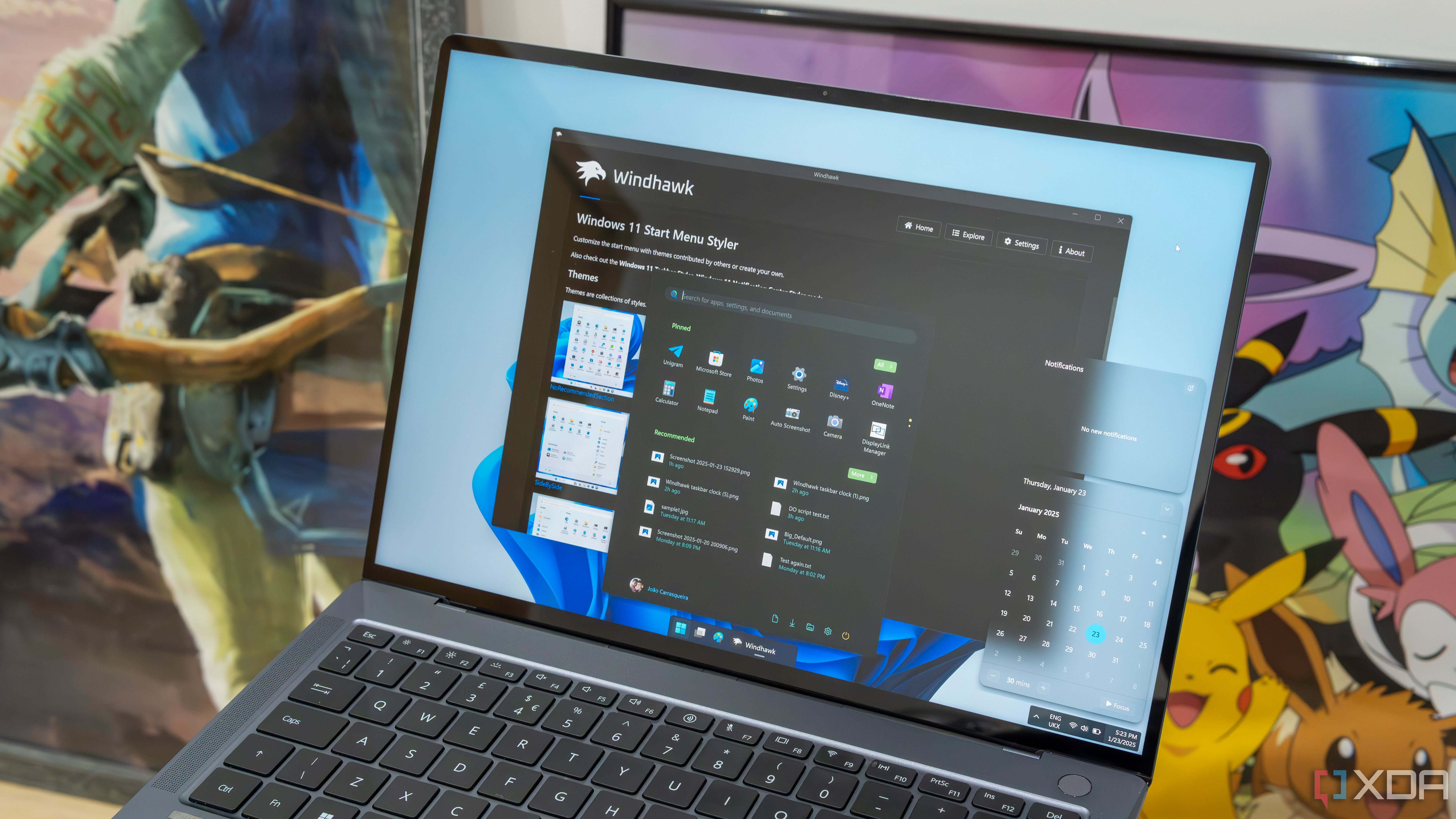
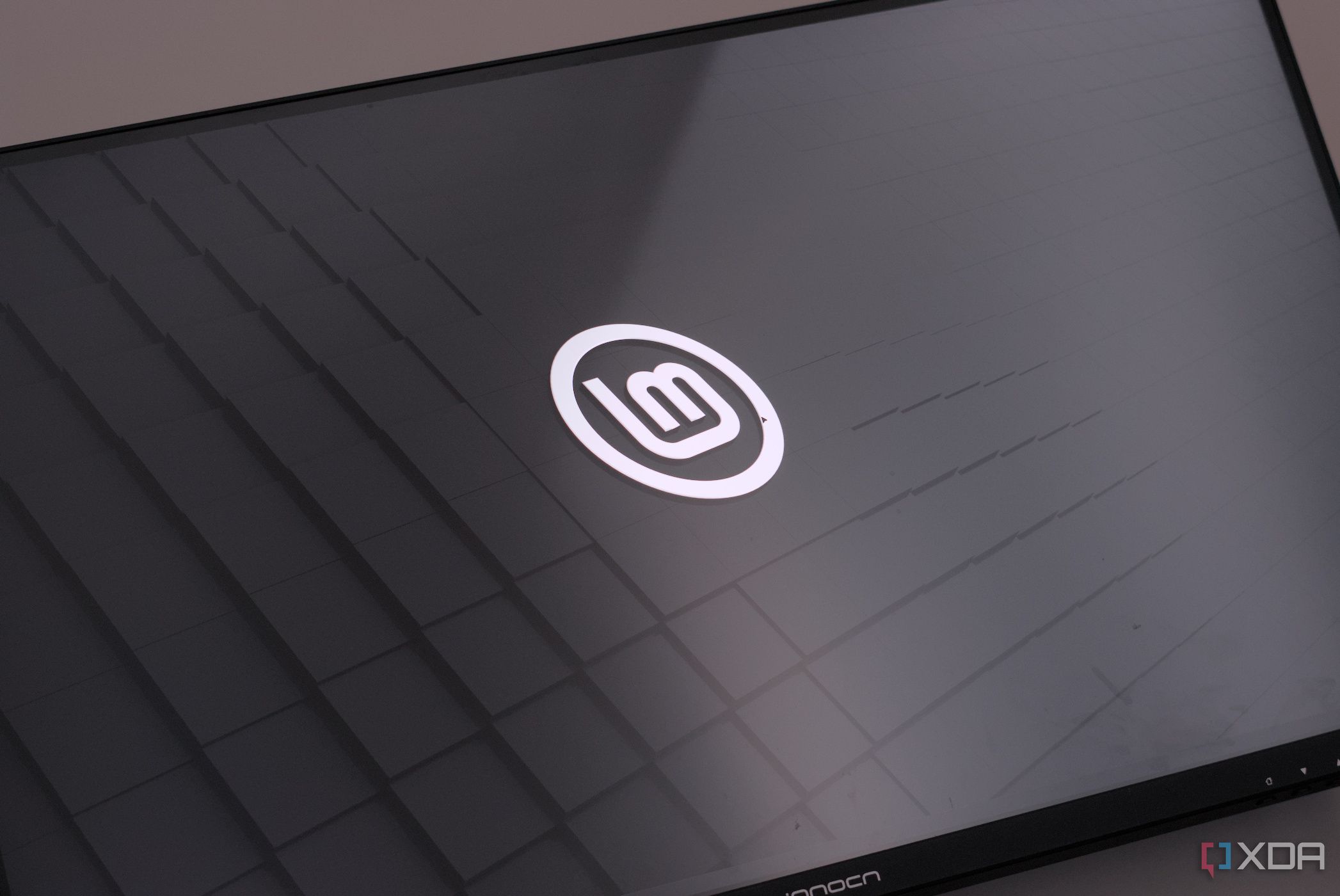



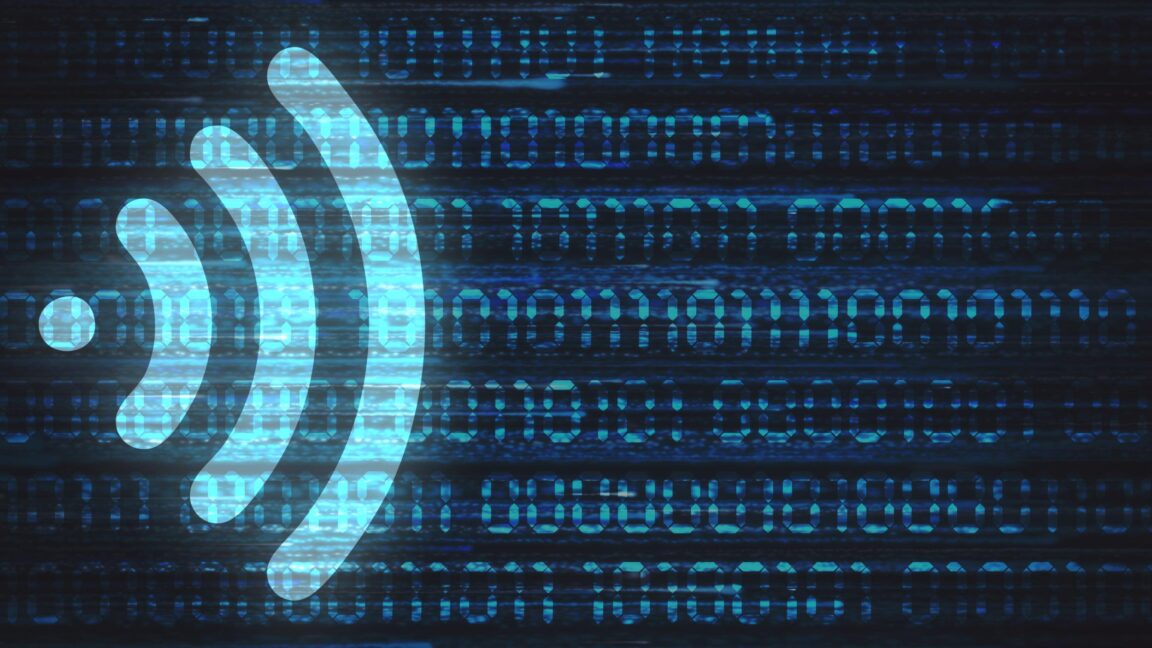







 English (US) ·
English (US) ·